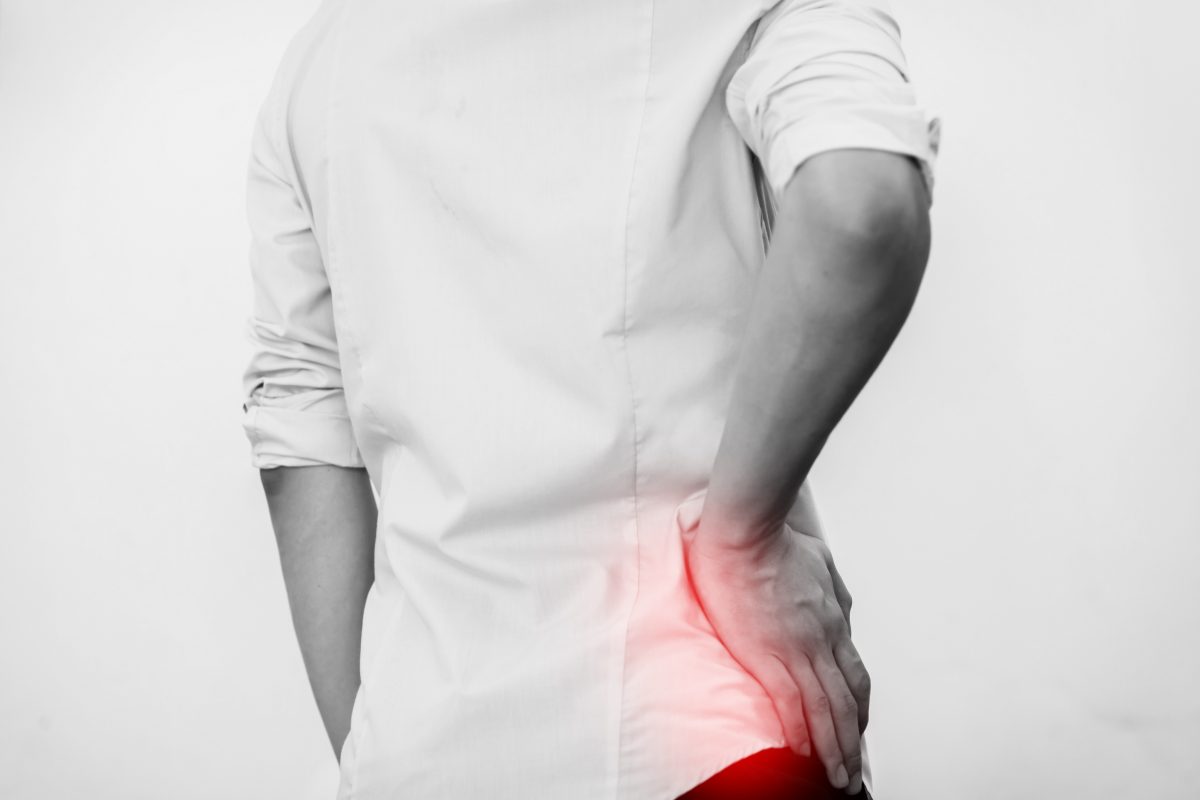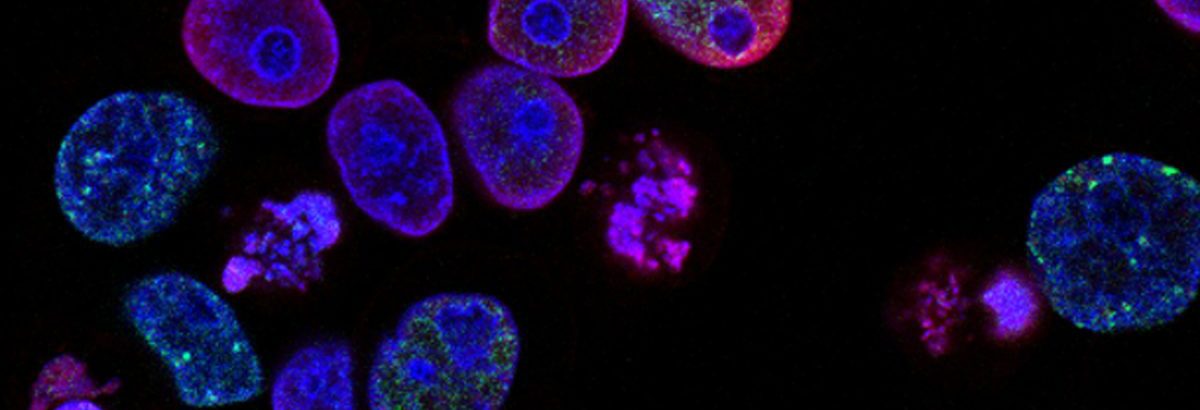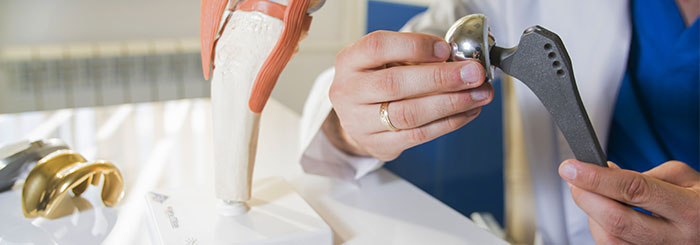As one of the body’s largest weight-bearing joints, the hip is uniquely designed to withstand an enormous amount of pressure while still providing stability and adequate range of motion. Adding to its strength are the muscles, tendons and ligaments that surround the hip, as well as a ring of cartilage called the hip labrum. The labrum, especially, has an important role in the hip’s “ball-and-socket” design, lining the hip’s two socket cavities in such a way that it creates suction with the head of the femur (the “ball”), holding each ...
Stem Cells: A Hip Pain Treatment without Surgery
If you’ve ever experienced pain in your hips, you know how debilitating it can be. The hip joint is one of the body’s biggest and strongest joints. As such, it supports much of our body’s weight and helps us move in multiple ways. When an injury or even just advancing age threatens its structural integrity, the resulting instability, inflammation and pain can make the simplest of activities an agonizing endeavor. The good news is, today, there are more options than ever for treating hip degeneration. In addition to standard treatments ...
An Overview of Stem Cell Therapy for Hips
Here at ThriveMD, we believe in the efficacy of using autologous stem cells to treat a variety of degenerative conditions. Not only are stem cells proven safe — especially when harvested from and used within a patient’s own body — there is much research to support their effectiveness at stimulating tissue growth. This is important because all cells (eventually) die. While some die as a result of an injury, the vast majority of cell deaths occur via a controlled process called apoptosis. In layman’s terms, apoptosis is “cell suicide," a ...
Is There an Alternative to Hip Replacement Surgery?
Each year, a rising number of patients around the world are undergoing hip replacement surgery. A heightened focus on physical activity, as well as improved treatment technologies, mean patients have a need — and doctors, the instruments and skills — for surgically treating hip joint damage. The result: more surgical hip replacements. Share this Post Although the hip is one of the body’s most rugged and durable joints, capable of withstanding repetitive motion for many, many years, it is not immune to the effects of trauma, disease and/or chronic overuse, ...
Minimally Invasive Alternatives to Hip Replacement
Although the hip is one of the body’s most rugged and durable joints, capable of withstanding repetitive motion for many, many years, it is not immune to the effects of trauma, disease and/or chronic overuse, making it highly likely that most adults will experience hip pain at some point in their lives. Conditions such as a pinched nerve, infection, or cancer can certainly lead to hip pain, as can traumatic injuries resulting in fractures and sprains, but one of the most common causes of chronic hip pain is the result ...
Stem Cell Therapy for Skiers: the Definitive Guide
Colorado has over 20 ski resorts spread throughout the state and is home to one of the longest ski seasons in the country. The longer the ski season, the greater chances there are for injury. To help treat both acute and chronic injuries, we provide stem cell therapy for skiers in both our Vail and Denver clinics. The stem cell treatments for joint injuries and low back pain have been an effective treatment to allow patients to quickly return to skiing and other activities they love. Like you, we have a passion for ...
Avoiding the Heart Attack Risk Associated with Hip and Knee Replacement
Heart attack risk soars in the first month post hip and knee replacement. Consider stem cell therapy as a safer alternative.Share this post:Surgeons often recommend hip and knee replacements for patients suffering from chronic hip or knee pain, yet the procedures are notorious for their drawbacks. Many of our patients were told their “bone-on-bone” joints needed to be replaced, but they remained wary because of the grueling recovery, the risk of infection, and other post-operative complications. Investigators of a recent article published in Arthritis and Rheumatology looked at the risk ...








